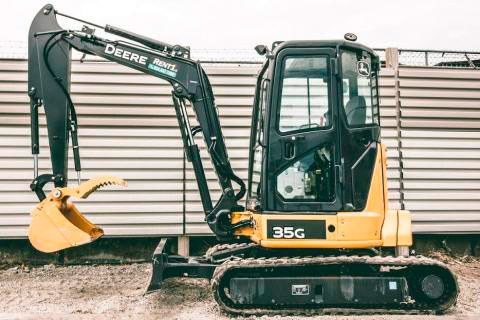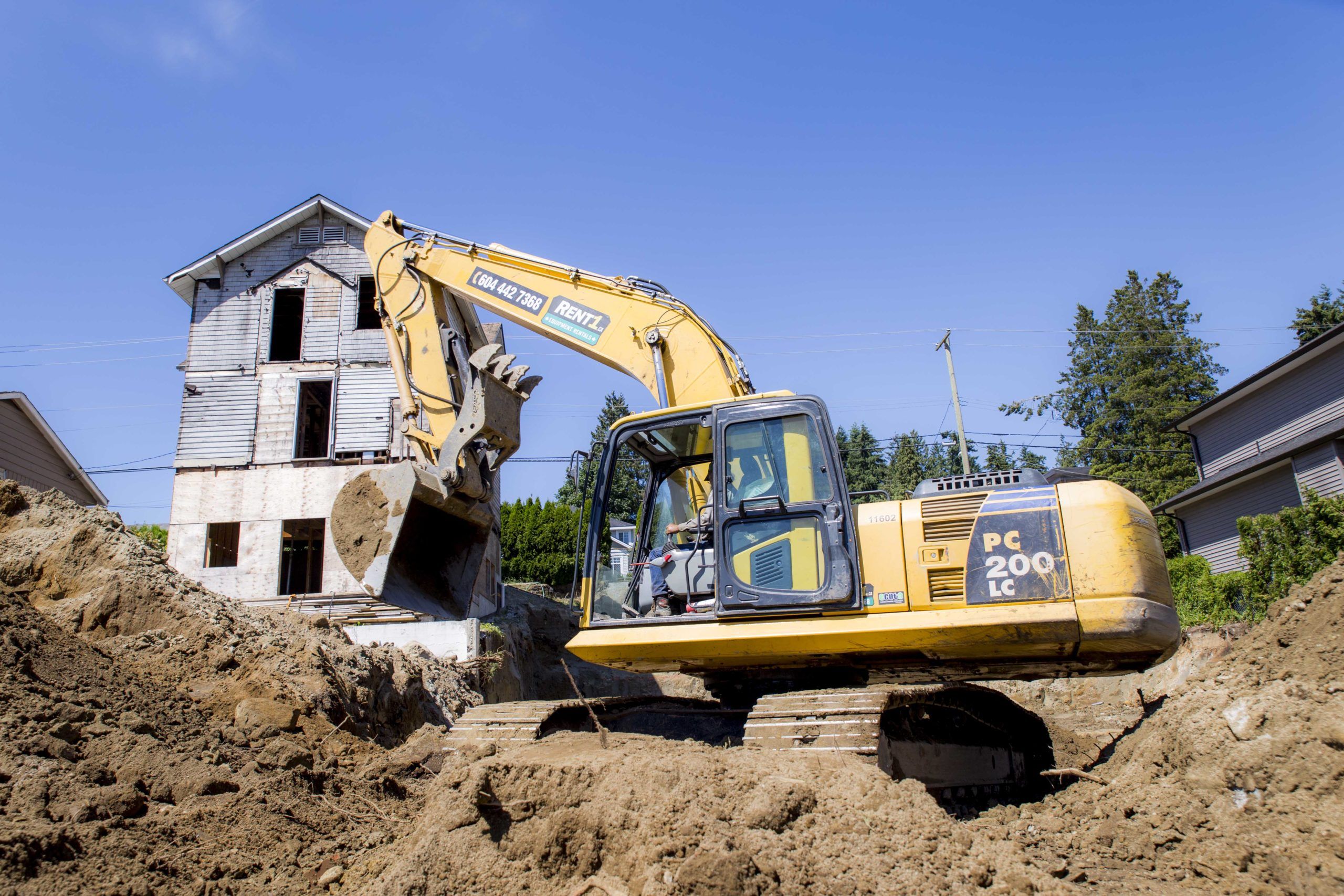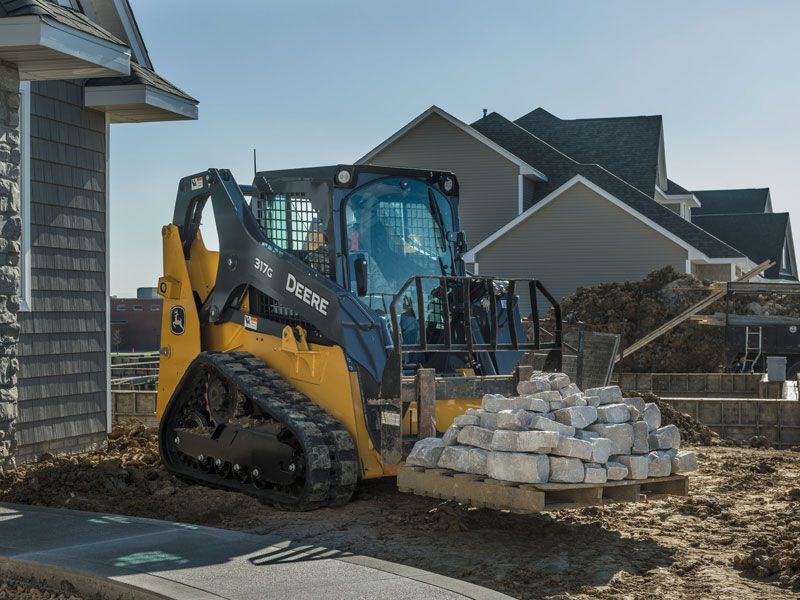Heavy Equipment Operator Safety
- Always properly maintained.
- Never pushed beyond established limits.
- Equipped with all relevant operating manuals.
- Operated by properly trained and certified operators.
From Modern to Postmodern and Beyond
While the word “modern” is still used by most people to describe the architecture of our day architects and architectural historians use another term: “postmodern”. It may seem like semantics to the uninitiated but there is, in fact, a clear distinction to be made between the two. In this article, we’re going to take a look at the current state of architecture as practiced in most of the developed world and try to predict where things might go in the next 10-20 years. (more…)
Top 6 Heavy Machinery Used in the Mining Industry
How to Use an Excavator to Dig a Trench
How Much Do Excavator Operators Earn for a Living?
Excavator Rental Rates: Renting Heavy Machinery for the Job
Ultimate Guide to Renting Bins
Spreading Soil with a Skid Steer
In the late 1830s, John Deere was a highly regarded blacksmith in Grand Detour, Illinois. He knew his business, finished work on time, and charged fair prices. Deere also was incessantly observant. Once he figured out how to solve a pain point for local farmers – machine a plow that would last – his business took off. By 1842, he had built and sold hundreds of plows, and had begun customizing them for different customers as needed. That tradition continues today. Every John Deere Skid Steer loader or other pieces of heavy machinery can be custom-ordered with more than 100 optional accessories. These include attachments like snowplow attachments, different bucket sizes, angle brooms, utility grapples, rotary tillers, augers, pallet forks, rollers, and many more. Few pieces of heavy machinery can be as productive and versatile. Today, it is a go-to machine for many industries and jobs, from farming, agriculture, landscaping, and construction – and John Deere is the industry leader in all regards. (more…)
John Deere Mini Excavator Safety Tips
According to government studies, hundreds of people die each year from accidents related to the performance of excavators – either operators or innocent bystanders. The greatest risk of harm is either being struck by the machine itself, or one of its components like the bucket or blade. Why do such accidents happen? The main cause of excavator-related injuries is lack of safety and operator training, failure to install or secure accessories properly, maintenance failures, shoddy work practices, and lack of property safety equipment and clothing. Operator and machinery-related issues can lead to injury, but manufacturers such as John Deere have addressed these with innovative and proven safety features: a large cab offering an unobstructed view of the work site; auto-idle option for the engine; pattern changer; foldable pedals; wear-compensating quick coupler; and steps and safety rails adjacent to the cab.




